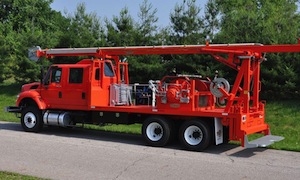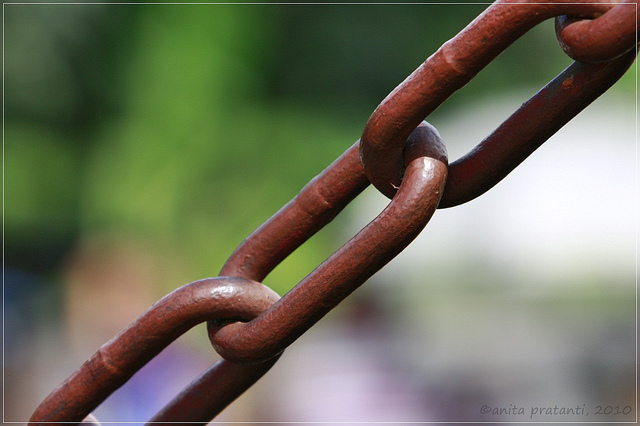
Any piece of equipment is going to wear out over time. This is true with the small ones and with the big ones. So, what do you do when your drilling rig is finally getting to the point that it needs replaced? Spending on a large capital investment like that takes some time and planning. Here are some things to think about when you are putting together a plan to purchase a new drilling rig.
What is Your Market?
Not all rigs are created equal, so the first thing you need to do is determine what your primary market is going to be. One way to hedge your bets as a driller is to try to buy a rig that is capable of handling multiple drilling tasks. So, first, you need to decide: Do you spend less money on a rig that might only cover your primary task, or do you spend a little extra so that the rig that you purchase might be able to branch you out into other drilling jobs?
A good rule to help you choose is to use the percentage rule. Look at a rig that is going to be able to handle your primary job 75 to 85 percent of the time. Do the math to see if the rig that you are going to buy is going to be the right rig for those jobs, and then see how much you have left for any of the extras you might want. One thing you might find using the percentage rule is that your money doesn’t go nearly as far as you think it does. Stay focused on your primary business; it is what keeps you drilling.
New or Used
Now that you have your budget planned and are ready to head out into the market, you need to choose new or used. A used rig can save you tons of money, but there are some instances where going new might be better for your business. If you are drilling in an area that is relatively shallow or not dependent on reliability, then going used might be the way to go.
Applications like exploratory drilling or water wells are perfect for used rigs. If you are drilling deeper water wells, through rock or doing complicated drills like you would for a mining company, then going new makes more sense. While new might be more of an investment in these cases, the return you get with the new drill will help offset the costs.
Reliability

Another critical component is the reliability of the drill rig. Many drilling applications are focused on being able to drill several wells very quickly. In order to be able to accomplish this task, you can’t be stopping every 30 minutes to repair a fussy drill. Your application might call for a rig that is quick to set up, use and then tear down to move on to the next job. Things like geothermal wells or building foundations are perfect examples of an application where reliability is the driver for your purchase.
Depth and Geology
How deep is your typical drill going to go? What is the soil like where you are drilling? Along with reliability of the equipment, the depth and geology of the area should be a driver for the rig that you select. If you have a job that repeatedly has you going deep into rocky areas then the drill you buy should be suited to that purpose. Trying to save on a drill that will not get the job done is only going to lose you bids.
For more in-depth information on applications and drill selection, check out this full article on national driller.